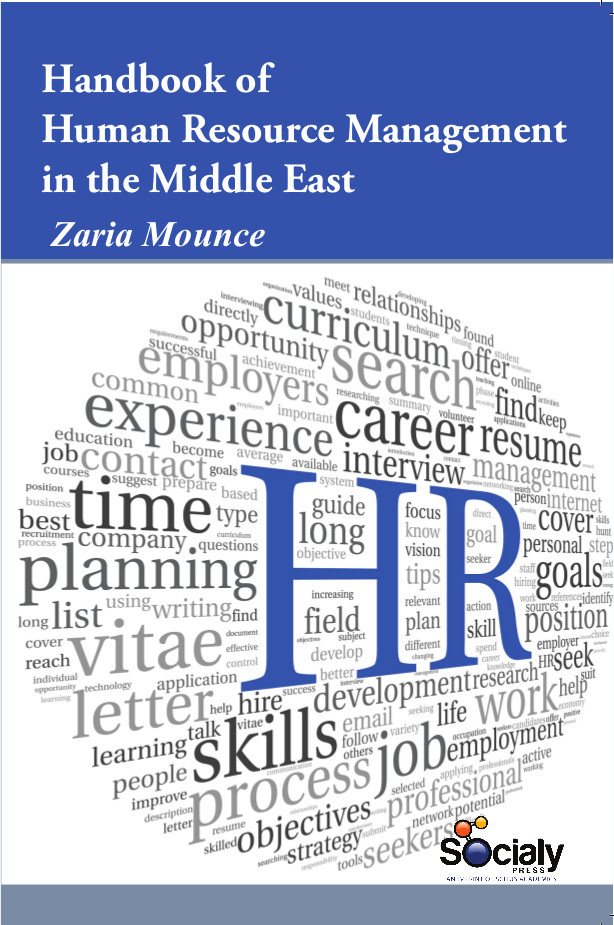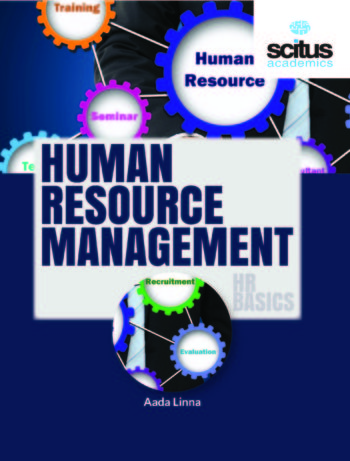The Middle East is a geographical and cultural region located primarily in western Asia, but also in parts of northern Africa and southeastern Europe. Human beings are social beings and hardly ever live and work in isolation. We always plan, develop and manage our relations both consciously and unconsciously. The relations are the outcome of our actions and depend to a great extent upon our ability to manage our actions. From childhood each and every individual acquire knowledge and experience on understanding others and how to behave in each and every situations in life. Later we carry forward this learning and understanding in carrying and managing relations at our workplace. The whole context of Human Resource Management revolves around this core matter of managing relations at work place. Since mid-1980’s Human Resource Management (HRM) has gained acceptance in both academic and commercial circle. HRM is a multidisciplinary organizational function that draws theories and ideas from various fields such as management, psychology, sociology and economics. HR professionals have an all-encompassing role. The role HR in organizations has undergone an extensive change and many organizations have gradually oriented themselves from the traditional personnel management to a human resources management approach. Its emphasis is not only on production and productivity but also on the quality of life. It seeks to achieve the paramount development of human resources and the utmost possible socio-economic development. The ultimate goal of every HR person should be to develop a linkage between the employee and organization because employee’s commitment to the organization is crucial.
The ‘Handbook of Human Resource Management in the Middle East’ provides evidence-based information to the reader regarding the dynamics of HRM in this important region. This book explains how Human Resource Management works in Middle East countries. It deals with the approaches and philosophies that affect how people are managed, the roles of the HR function and its members, and the special considerations that affect international people management. This book will prove a fascinating read for academics and students alike, especially those interested in international and comparative human resource management. Practitioners with interest in the Middle East will appreciate its up-to-date analysis and contextualization of HRM issues.













